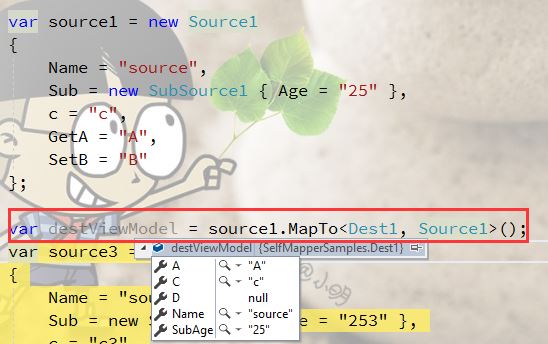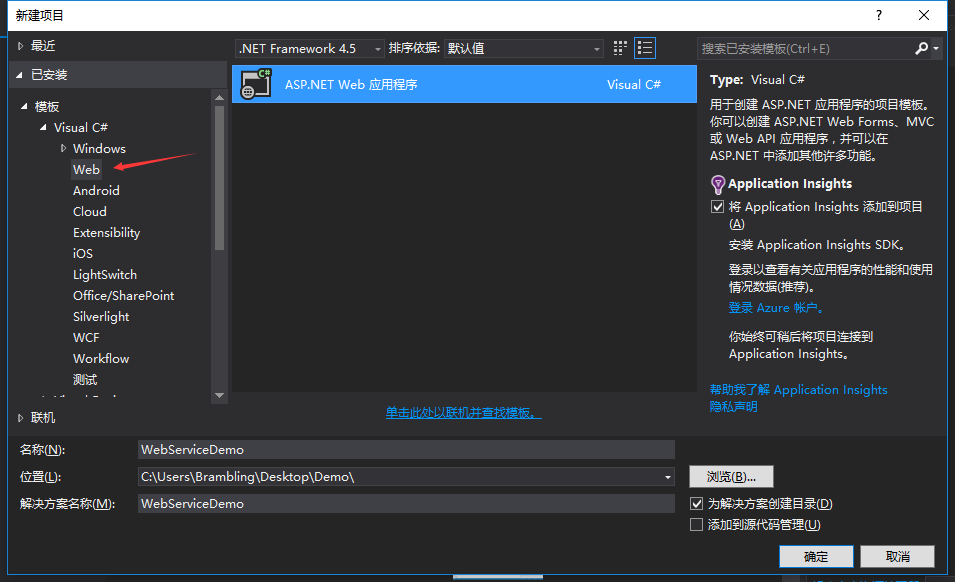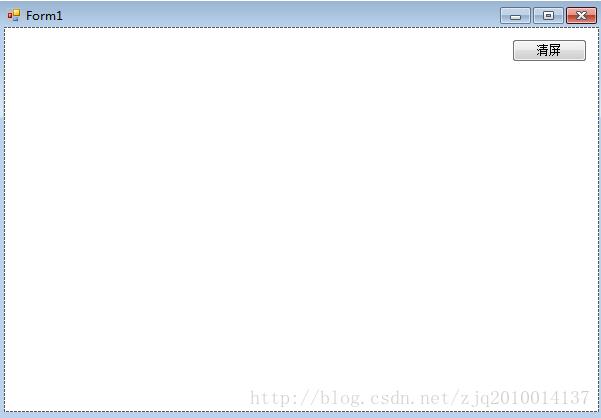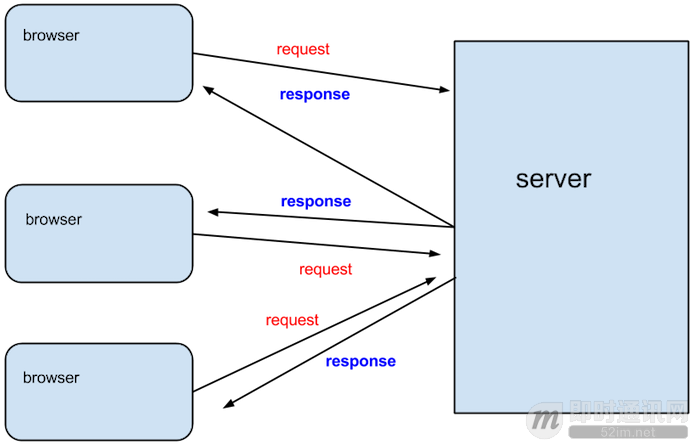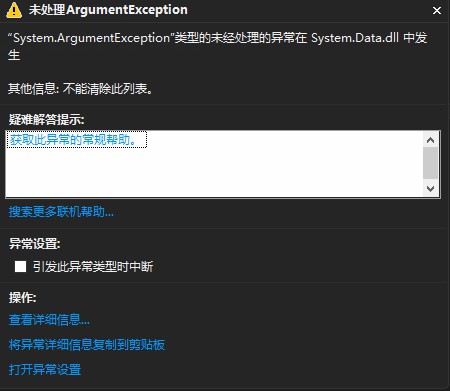这篇文章主要为大家详细介绍了C#多线程Thread使用示例,文中示例代码介绍的非常详细,具有一定的参考价值,感兴趣的小伙伴们可以参考一下
本文实例为大家分享了C#多线程Thread使用的示例代码,供大家参考,具体内容如下
多线程:
线程生命周期状态图:
C#线程优先级(概率高低):
基本使用示例:
using System;
using System.Threading;
namespace month_9_10._1009
{
class Run5
{
/* 测试线程的调用过程
* 主线程输出world,子线程输出hello
*/
public static void showHello()
{
for(int i = 0; i < 100; i++)
{
Console.WriteLine($"Hello\t#{Thread.CurrentThread.Name}");
}
}
public static void Main(string[] args)
{
Thread.CurrentThread.Name = "Main Thread!";
var childThreadRef = new ThreadStart(showHello);
Console.WriteLine("This is Main process!!!");
var childThread = new Thread(childThreadRef);
childThread.Name = "Child Thread!";
childThread.Start();
for (int i = 0; i < 100; i++)
{
Console.WriteLine($"World!\t#{Thread.CurrentThread.Name}");
}
}
}
}实例1:窗体标签循环滚动
using System;
using System.Drawing;
using System.Threading;
using System.Windows.Forms;
namespace RollMove
{
public partial class Form1 : Form
{
Thread th1 = null;
public Form1()
{
InitializeComponent();
}
private void Form1_Load(object sender, EventArgs e)
{
int _sx = 40;
int _ex = 280;
int _top = 70;
th1 = new Thread(() => {
while (true)
{
if (_sx <= _ex)
{
_ex = 280;
label1.Location = new Point(_sx, _top);
Thread.Sleep(20);
_sx += 5;
}
else
{
_ex = 40;
label1.Location = new Point(_sx, _top);
Thread.Sleep(20);
_sx -= 5;
}
}
});
th1.Start();
}
private void Form1_FormClosed(object sender, FormClosedEventArgs e)
{
if (th1!=null)
{
th1.Abort();
}
}
}
}实例2:进度条
using System;
using System.Threading;
using System.Windows.Forms;
namespace month_9_10._1012
{
public partial class Form_3 : Form
{
public static Print.Print print = Console.WriteLine;
Thread th1, th2;
public Form_3()
{
InitializeComponent();
Text = "Welcome!";
CheckForIllegalCrossThreadCalls = false;
th1 = new Thread(new ThreadStart(Pro1));
th1.Priority = ThreadPriority.Lowest;
th1.Start();
th2 = new Thread(new ThreadStart(Pro2));
th2.Priority = ThreadPriority.Highest;
//th2.Start();
print(th1.Priority);
print(th2.Priority);
}
void Pro1()
{
print("XXXXXXX");
for (int i = 0; i <= 100; i++)
{
progressBar1.Value = i;
label1.Text = $"{progressBar1.Value}%";
Thread.Sleep(200);
if (i == 20)
{
th2.Start();
th2.Join();
}
}
}
void Pro2()
{
print("YYYYYYYY");
for (int i = 0; i <= 100; i++)
{
progressBar2.Value = i;
label2.Text = $"{progressBar2.Value}%";
Thread.Sleep(100);
}
}
private void progressBar1_Click(object sender, EventArgs e)
{
print("This is Main threading!");
}
private void Form_3_Load(object sender, EventArgs e)
{
}
private void Form_3_FormClosing_1(object sender, FormClosingEventArgs e)
{
if (th1.ThreadState == ThreadState.Running)
th1.Abort();
if (th2.ThreadState == ThreadState.Running)
th2.Abort();
}
}
}实例三:线程同步(售票模拟)
using System;
using System.Threading;
namespace month_9_10._1012
{
class Run2
{
static Print.Print print = Console.WriteLine;
int _num = 10;
void Ticket()
{
while (true)
{
//上锁
//lock (this)
//{
// if (_num > 0)
// {
// Thread.Sleep(100);
// print(Thread.CurrentThread.Name + "--票数:" + _num--);
// }
/
沃梦达教程
本文标题为:C#多线程Thread使用示例详解


猜你喜欢
- C# 使用Aspose.Cells 导出Excel的步骤及问题记录 2023-05-16
- c# 模拟线性回归的示例 2023-03-14
- 如何使用C# 捕获进程输出 2023-03-10
- 在C# 8中如何使用默认接口方法详解 2023-03-29
- Oracle中for循环的使用方法 2023-07-04
- WPF使用DrawingContext实现绘制刻度条 2023-07-04
- Unity3D实现渐变颜色效果 2023-01-16
- Unity Shader实现模糊效果 2023-04-27
- user32.dll 函数说明小结 2022-12-26
- .NET CORE DI 依赖注入 2023-09-27
